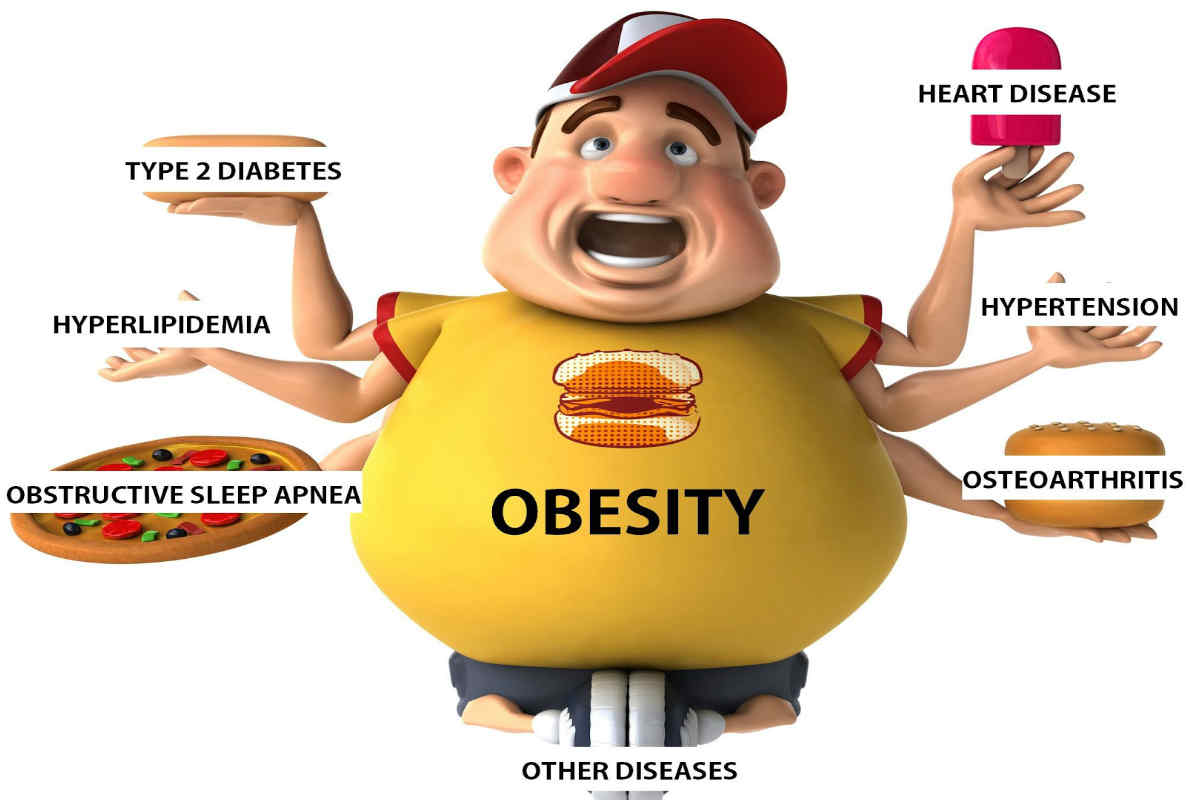
Obese people probably from time immemorial have been discriminated and stigmatized by the society in almost every arena. Call this being stereo- typed or having a very narrow mentality, people from all domains be it the rich, the poor; the young, the poor; the urban class or the rural class; working or the non- working class everyone has this perception. The unique feature in this discrimination is that it is different from the case of the members of other minor and deprived groups, as the negative attitude towards the obese people is encouraged and accepted. Undoubtedly, this is one of those kinds of state which is in the hands of the person himself except in rare cases like that of thyroid, and thus can be stopped. The strangest part in this case is that over a period of time these obese people even undergo this thought- processing that they are the inferior lot.
Explore the realm of data analytics with Assignmentstudio. Our comprehensive services include crafting insightful Big Data Reports, providing organizations with invaluable insights and strategic guidance to leverage data effectively and drive success.
Firstly focussing on what the society at a larger platform thinks about such people is the topic of discussion in this phase. As almost all occurrences in the world have causes and all these causes are generally divided into two parts i.e. implicit and explicit, same is the case in this state as well. Though it is basically the explicit reason which is supposed to make all the difference but the truth is that the implicit reasons make all the difference. Elaborating on the former factor, though they are used to assess bias, there is always a question mark on their validity due to several reasons which include:
- responses being manipulated by the wording game,
- inability on the part of some people to express or verbalise their views and
- social desirability, due to which people abstain from giving biased reports.
Seeing the flaws which explicit factors hold, we can move on to the implied factors, hoping that they are more accurate measures for weighing. Implicit measures assess the beliefs of a person without his knowledge of being assessed, thus bringing down their reactivity to the measure. Thus, we can conclude that as there is no room for bias in the case of implicit reasons, therefore they are a better mode of assessing.

Now, we move on to the in- group bias of the overweight individuals on a variety of attitude which also includes implicit and explicit measures. In this case the stereotypes are basically lazy or active, wise or stupid and even bad and good upto a certain extent. In this case it is more valid and appropriate to use both implicit and explicit measures as they are more co- related to this study for the reason that the stigma against obesity is more accepted than the stigma over any other minority group like ethnic minority or women, thus pointing out that the participants may be more willing to report explicit negative attitudes. It thus says that obese people hold strong, negative and consistent feelings about being overweight and exhibit no preference for in-group members and there are several reasons for this stigma.
Firstly, that weight is a controllable phenomenon and it is lack of motivation and will- power on the part of the individual which brings them to such a state.
Secondly, the refractory nature of weight loss, providing them with a reason to go with the negative stereotypes of not possessing will- power is another factor.
Thirdly, the perceived benefits of belonging to the thinner groups as there are powerful and economic benefits of being thin.
Thus, we can say about this group that they become the prey of what the society thinks about them up to such an extent that they stop possessing their own mind.
STRUCTURE:
Reasons for being obese
Perceptions which the world holds
Perceptions about themselves and the reason







